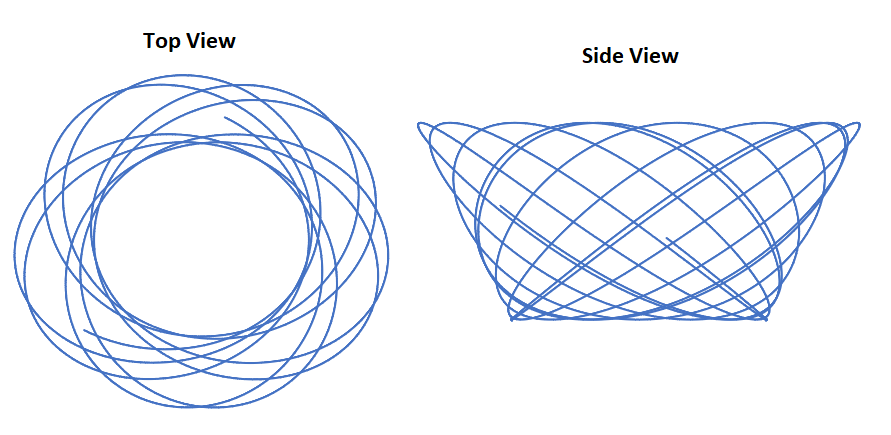Cone Surface Dynamics - Another Bird's Nest

See the first part (with solution) here .
A massive particle is confined to the surface of a cone in the -coordinate system. The particle moves without energy losses over the surface of the cone: At time (seconds), the particle's position and velocity are described as follows (SI units): There is an ambient gravitational acceleration of in the (downward) direction. The system dynamics cause the particle to trace out a "bird's nest" pattern on the surface of the cone (similar to that of the previous problem, except now the envelope is clearly conical).
What is the particle's -coordinate (in meters) at time (seconds)?
Note: This exercise requires numerical integration.
The answer is 0.4816.
This section requires Javascript.
You are seeing this because something didn't load right. We suggest you, (a) try
refreshing the page, (b) enabling javascript if it is disabled on your browser and,
finally, (c)
loading the
non-javascript version of this page
. We're sorry about the hassle.
0 solutions
No explanations have been posted yet. Check back later!